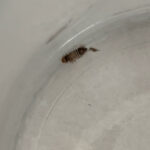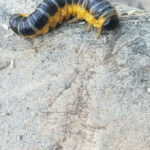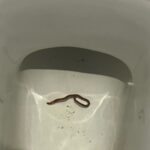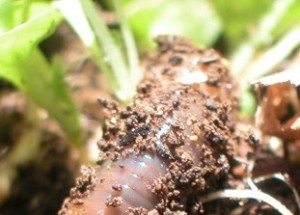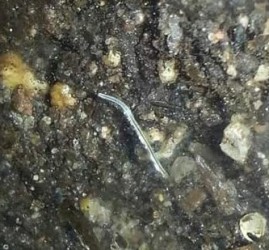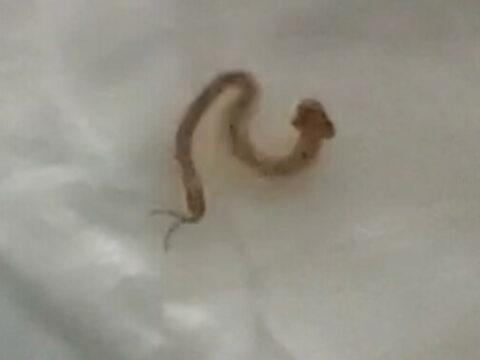Labor Day is the last official holiday for the summer season. Shortly after, summer will end and autumn will begin. Sure, it’s the end of summer, but this time of year is also marks the beginning of one of our nation’s most scenic seasons. Autumn is chock full of crisp, sunny days and vibrant color. It is the time of year when the nation dresses up for Halloween and special festivals take place that offer a preview of the Thanksgiving holiday or their sole purpose is to predict the weather for the winter season. One such festival is the famous Wooly Worm Festival.
The Wooly Worm Festival has several versions scattered across the U.S.. WWF takes place in towns such as Banner Elk, North Carolina, Kentucky, and Camargo, Illinois. The festivals typically take place during the third week of October. The festivals feature food, music, and fun. However, most folks flock to the festival to find out just how bad the upcoming winter will be. They hope the fuzzy wooly worm will be able to tell them.
In some parts of the world, it is believed that the severity of the winter can be predicted by the intensity of the black on the bodies of the Isabella tiger moths’ larvae (caterpillar). In the American Northeast, it is believed that if the wooly worm has more brown on its body than black, it will be a fair winter. If the wooly worm has more black than brown, the winter will be harsh.
Also called the “wooly bear” in New England and the Midwestern United States, the wooly worm has a pretty good weather prediction rate. Scientists would prefer not to acknowledge it, but the wooly worm has a 80-85% accuracy rate for predicting the weather. The worm has held its record for accuracy for more than 20 years.
About the Wooly Worm
The wooly worm is actually a caterpillar or the larvae of the Isabella tiger moth. The tiger moth belongs to the arctiidae family, which has 11,000 species of moths around the world. The tiger moth is a beautiful creature with bright colors such as scarlet, yellow, orange, and white and rich hues ranging from black to beige. Equally as bright and beautiful, the wooly worm may have a burnt orange color in the middle and it may be black on both ends. Some wooly worms, however, are completely black or completely brown.
The furry wooly worm can be spotted during the fall months in great numbers inching along the ground. While you will notice them in great numbers during the fall months, the wooly worm actually has two life cycles, so they can also be found inching around in June and July.
Wooly worms may look small, but these dazzling creatures have 13 segments and three sets of legs. They have tiny eyes, but they make their way around mostly by feeling around and touching. Once the wooly worm has found its home for the winter, it will create a natural organic antifreeze that protects the interior of its cells. Everything else will freeze, but the wooly worm will still survive. The antifreeze protects the creature in freezing temperatures that can dip as low as –90 degrees Fahrenheit. The wooly worm is also protected by shelter. It chooses its places to hide wisely. It crawls under logs, boulders, boards, rocks, and other dark places. The wooly worm will remain in its “frozen” state until May, when it will emerge as a brilliantly colored moth.
Prior to settling in for the winter, the wooly worm will survive by eating a variety of plants such as cabbage, spinach, grass, and clover. And to protect itself from predators, the wooly worm will curl up into a ball, exposing only its bristles, which can be quite irritating to the skin.
If you want to see the wooly worm in action, don’t look for them at night. Remember, worms (not caterpillars) are nocturnal. The wooly worm is very active during the day. It is not uncommon to spot them in groups of hundreds, all of them with one common goal – to find a place to hide when night falls.
All About Worms is always free, always reader-supported. Your tips via CashApp, Venmo, or Paypal are appreciated! Receipts will come from ISIPP Publishing.




